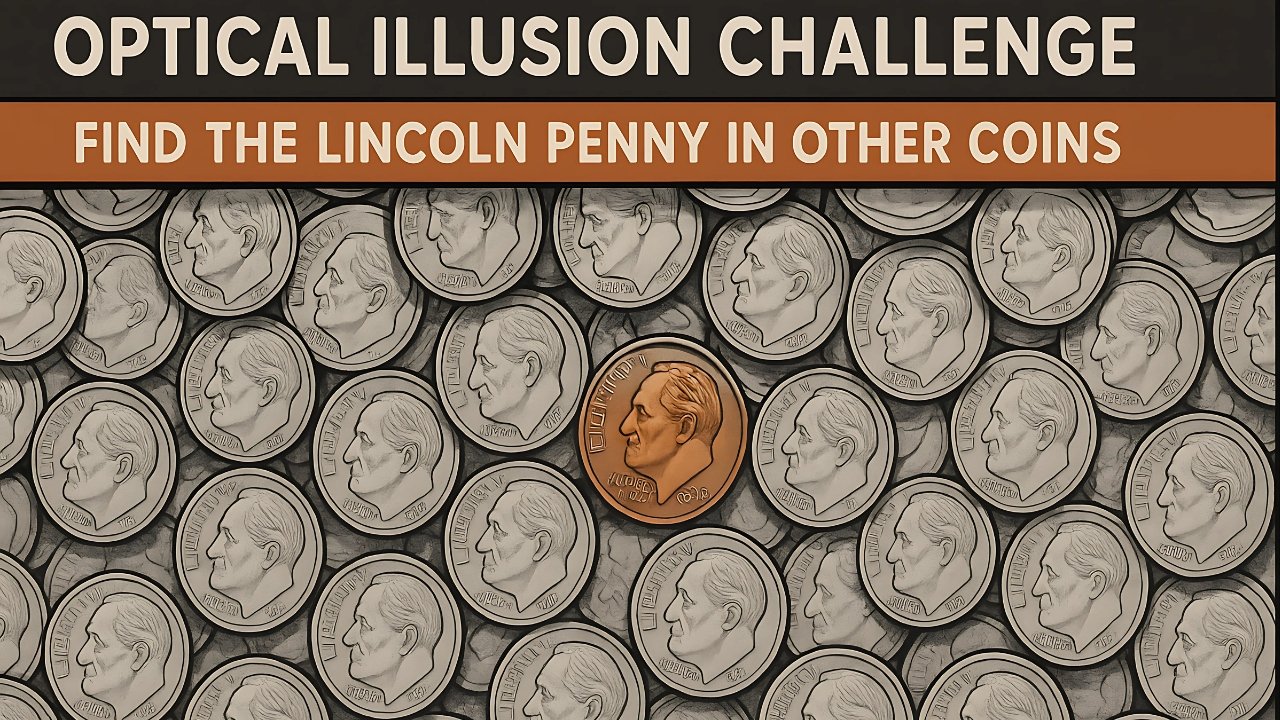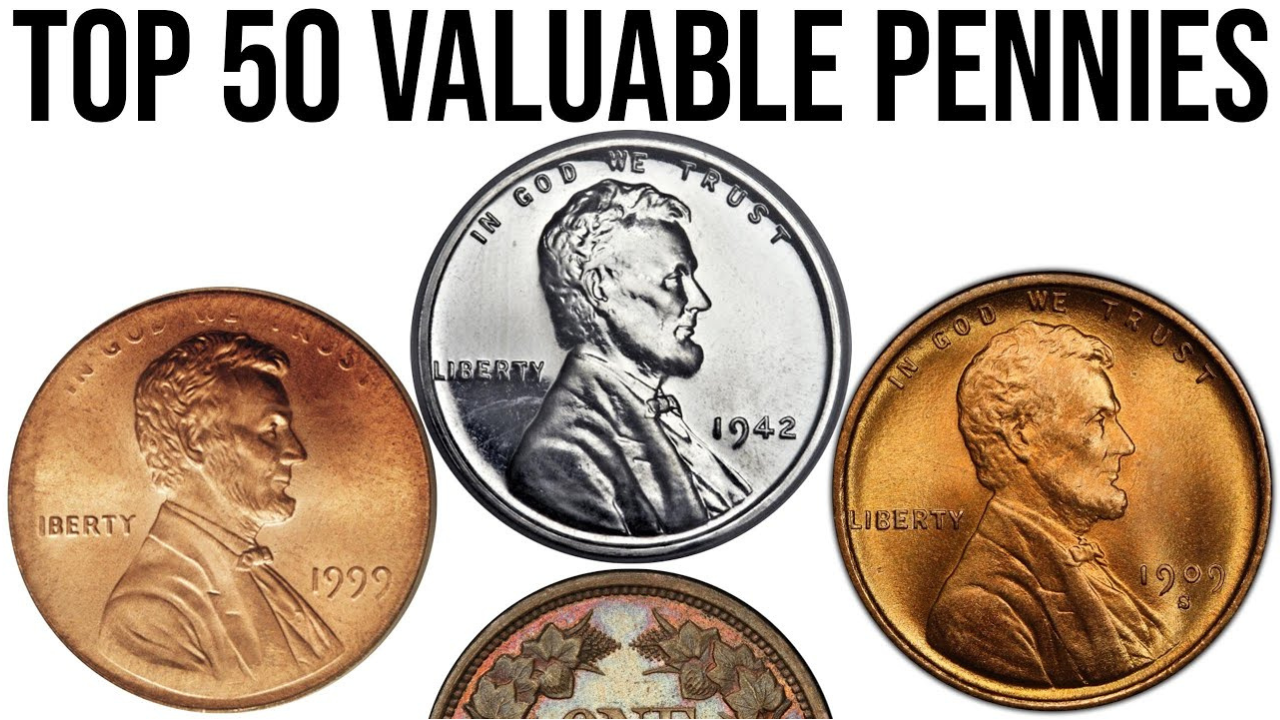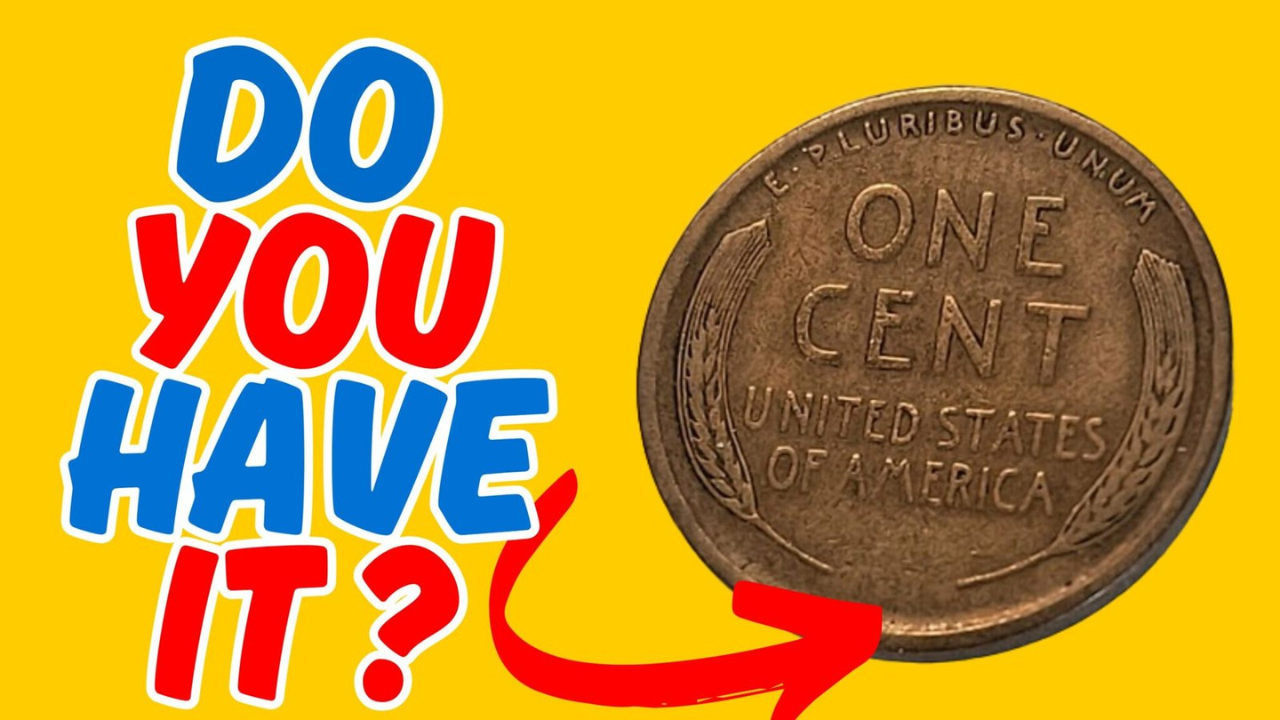Find the Hidden Lincoln Penny in 8 Seconds:Are you ready to put your visual perception skills to the ultimate test? This challenging optical illusion will determine if you have the keen observation skills that separate the average onlooker from the visual geniuses. Hidden somewhere within an intricate pattern is a Lincoln penny, and your mission is to find it in just 8 seconds or less.
According to the National Eye Institute, optical illusions teach us how our eyes and brain work together to see. These visual puzzles demonstrate the fascinating interplay between our sensory organs and cognitive processing systems.
Also Read..This USA Optical Illusion Hides a Smiling face – Can you Find it in 9 Seconds?
The Science Behind Visual Pattern Recognition
How your brain processes hidden objects
The main function of human cognition is to amplify and strengthen sensory input in order to be able to understand, orient, and act very quickly, specifically, and efficiently. When searching for a hidden Lincoln penny, your visual cortex must quickly scan through competing patterns while filtering out distracting elements.
Only Sharp Eyes Can Find The Lincoln Penny in this Coin Puzzle in 8 Seconds
Abraham Lincoln became the first president to be depicted on our coins in honor of his 100th birthday in 1909, as documented by the U.S. Mint. The distinctive profile of the Lincoln penny, which features the familiar likeness of President Abraham Lincoln since 1909, serves as the target object in this challenging visual test.
Cognitive processing speed
Research from the National Institutes of Health shows that individual differences in the perception of visual illusions are stable across eyes, time, and measurement methods. Your ability to quickly identify hidden money indicates superior pattern recognition abilities and increased visual processing speed.
Answer
Test Performance Data
| Time Range | Success Rate | Skill Level | Percentile |
|---|---|---|---|
| 0-3 seconds | 12% | Genius | 95th+ |
| 4-6 seconds | 28% | Advanced | 75th-94th |
| 7-8 seconds | 35% | Good | 50th-74th |
| 9+ seconds | 25% | Average | Below 50th |
FAQs
Q 1. Why can’t I see the hidden penny right away?
Answer: When there is incomplete information, your brain fills in the gaps, or creates an image that isn’t there, making it difficult to detect hidden objects initially.
Q 2. Does age affect performance on this test?
Answer: Visual processing speed may vary with age, but practice with optical illusions can improve detection abilities regardless of age group.
Q 3. What happens in my brain when I finally see the penny?
Answer: When your brain successfully identifies the hidden target, neurons that respond to seeing the same object are triggered in synchrony.





